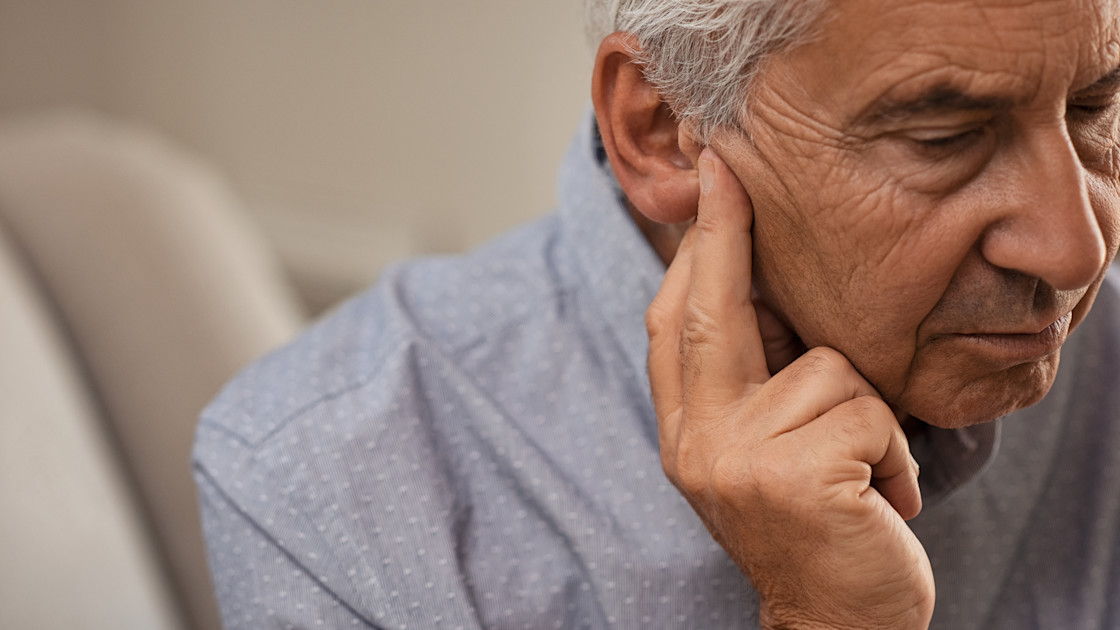Andalusian Interest Groups' Digital Communication Strategies: A Silent Lobby?
This paper investigates the digital communication strategies of Andalusian interest groups on social media. The study finds that these groups, primarily composed of companies and business associations, exhibit extremely low interactivity, rarely engaging in dialogue with the public. While employing some political communication and propaganda techniques, their communication activities lack clear political objectives, focusing instead on maintaining a positive self-image rather than active lobbying. The results suggest that the digital communication strategies of Andalusian interest groups may not primarily serve lobbying purposes but rather a more passive approach.
Read more
